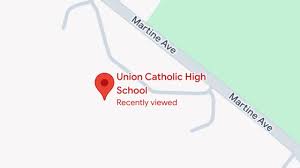Lockdowns, once a distant concept, have become an all-too-real reality in today's society. And when it hits close to home, like at Union Catholic High School, the shockwaves reverberate through communities and ignite conversations about safety measures. Recently, panic swept through the hallways as a gun was discovered on campus, sending students and faculty into immediate lockdown mode. In this blog post, we'll delve into the gripping details of this harrowing incident and explore how schools are striving to strike that delicate balance between security and maintaining a nurturing educational environment. So grab your seatbelt - it's time to dive deep into the unnerving tale of Union Catholic High School's search for answers amidst chaos.
Enabling loopback connections in WordPress means making sure your server can make HTTP requests to itself (e.g., calling https://yoursite.com/wp-cron.php from within itself). Loopback is required for: WP-Cron jobs Plugin/theme editors (to verify file write permissions) Some site health checks ( Tools > Site Health ) Automatic updates ✅ What Is a Loopback Request? A loopback is when your WordPress site tries to request a URL from itself using tools like wp_remote_get() or fsockopen() . For example: $response = wp_remote_get ( home_url ( '/wp-cron.php' ) ); If this fails, you might see warnings in Tools > Site Health like: “Your site could not complete a loopback request.” 🛠 How to Enable Loopback Requests Here are the key steps depending on your hosting/server setup: ✅ 1. Make Sure localhost or Domain Resolves Internally Check your server can resolve requests to itself. Use this quick PHP script: Create a file test-loopback.php i...

Comments
Post a Comment